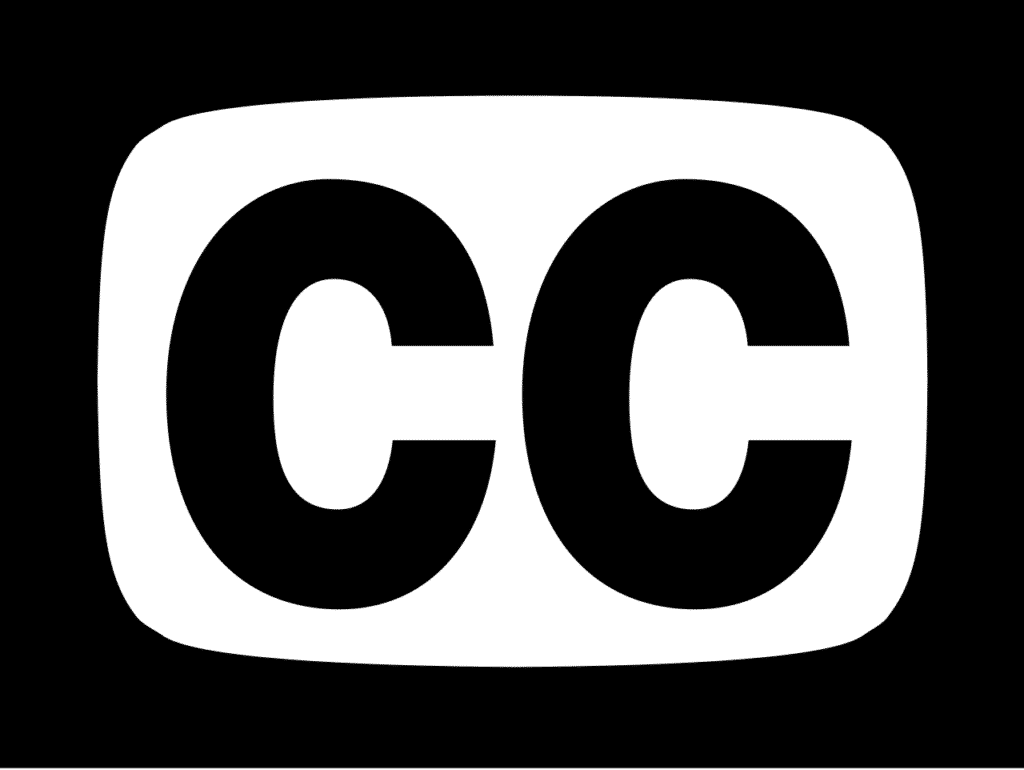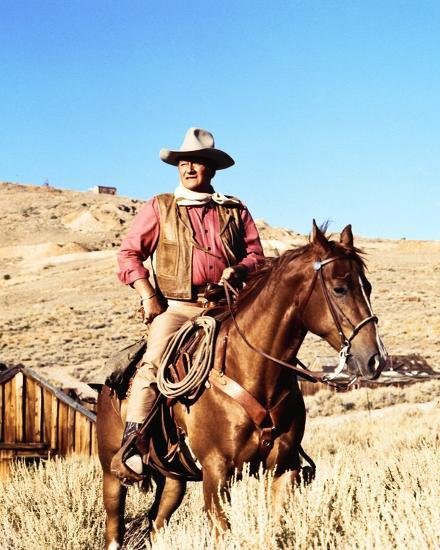Audio & Video Transcripts
Most of the CiteIt.net examples thus far have featured quotations from web articles or other text pages, but it is also possible to use CiteIt.net to quote from video and audio transcripts.

A less well-known feature of YouTube is that many YouTube videos have a rough auto-transcript that can be viewed by clicking on the innocuous-looking “…” button.
You can view the time split for each line and set the video start position by clicking on a transcript line.
While it is nice to see the time-splits, they can get in the way if you want to assemble the entire transcript.
Quoting Transcripts with CiteIt.net
CiteIt.net allows you to quote the transcript and expand its context using blue contextual arrows, just like when you cite a text article. With supported video providers, CiteIt.net also allows you to embed a hidden copy of the video that starts playing at the beginning of the quote.
You can retrieve the transcript from the CiteIt.net API if the video has closed captioning or an auto-generated transcript.
Just go to the Sample Code and enter the YouTube Video URL on the Transcript page.
You will get back a complete, un-formatted rough transcript.
One note about transcript load-time: the CiteIt.net web service queries the YouTube API to retrieve the video transcripts. This can take up to a minute longer than a normal webpage, so you’ll have to be patient.
If the Video publisher has produced a professionally-produced Closed Captioning transcript, the human-edited transcript will be returned. If the transcript was auto-generated, it will return a rough machine-generated translation. If there is no transcript available, nothing will be returned.
When you quote a YouTube video using CiteIt.net, you can specify the quote start time in the YouTube Share UI and CiteIt.net will automatically embed the video with the specified start time in a hidden div that can be viewed with you click the “Expand” link at the top of the quote.
Example Malcolm Gladwell Quote:
Here’s an example of an extended Malcolm Gladwell quote:
- a Western is where is conceptually a world in which there is no law and order and a man shows up and imposes personally law and order on the territory the community right
- so there is also a eastern what is in Eastern and Eastern is a place where by contrast is a story where they’re like I got this straight it was four types the Eastern is where there is law and order there is so there are institutions of Justice but they are have been subverted by people from within so an Eastern would be the Serpico is an Eastern it’s a crooked cop who is it’s the bad apple who has you know screwed up there there’s lots of tons and tons of of Hollywood movies are Easterns
- the northern is the case where law and order exists and law notre is morally righteous system works law know that show law and order is a northern it’s a functioning apparatus of Justice which reliably and accurately produces the right the correct result in confronting criminality every single day when it’s on TV
- the southern is where the the entirely the southern is all John Grisham novels or Southern’s they are where the entire apparatus is corrupt and where the reformer is not an insider but an outsider
Formatting Allowed:
Notice it is possible to add bold, italics, images, and list formatting to the cited quote.
If your citing quote is on a web page, CiteIt.net converts your quote to a text version before it compares your quote to the original text version. So long as the two text versions match, it doesn’t matter what sort of formatting you add.
“Crowd Sourcing” Transcripts:
This particular transcript was generated by YouTube’s auto-generation algorithm. You’ll notice some errors, but overall the text is quite readable.
I’d like to see a system developed for crowdsourcing the process of cleaning up transcripts that
- offloads some of the work but also
- validates that the transcripts are accurate.


